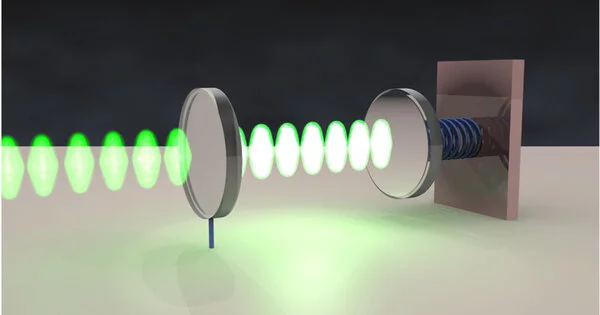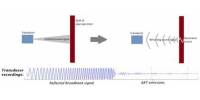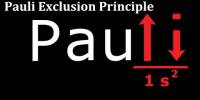Cavity optomechanics is a branch of physics that focuses on the interaction between light and mechanical objects on low-energy scales. It is a field of research that explores the interaction between light and mechanical motion at the nanoscale. It is a cross-field of optics, quantum optics, solid-state physics, and materials science. The motivation for research on cavity optomechanics comes from the fundamental effects of quantum theory and gravity, as well as technological applications. It combines principles from quantum optics and condensed matter physics to study the interaction between photons and mechanical vibrations in a confined space called an optical cavity.
In cavity optomechanical systems, a mechanical oscillator, such as a vibrating nanoscale membrane or a tiny cantilever, is placed inside an optical cavity. The optical cavity consists of two highly reflective mirrors that form a resonant cavity for light. This setup allows for strong coupling between the mechanical motion and the light confined within the cavity.
The name of the field relates to the main effect of interest: the enhancement of radiation pressure interaction between light (photons) and matter using optical resonators (cavities). It first became relevant in the context of gravitational wave detection, since optomechanical effects must be taken into account in interferometric gravitational wave detectors. Furthermore, one may envision optomechanical structures to allow the realization of Schrödinger’s cat.
The interaction between the mechanical oscillator and the cavity field occurs through radiation pressure. When the mechanical oscillator moves, it modulates the optical path length of the cavity, which in turn affects the phase and intensity of the light inside. Conversely, the photons exert radiation pressure on the mechanical oscillator, leading to a back-action that modifies its motion.
Macroscopic objects consisting of billions of atoms share collective degrees of freedom which may behave quantum mechanically (e.g. a sphere of micrometer diameter being in a spatial superposition between two different places). Such a quantum state of motion would allow researchers to experimentally investigate decoherence, which describes the transition of objects from states that are described by quantum mechanics to states that are described by Newtonian mechanics. Optomechanical structures provide new methods to test the predictions of quantum mechanics and decoherence models and thereby might allow to answer some of the most fundamental questions in modern physics.
Cavity optomechanics enables the investigation of various phenomena and applications. Some key areas of research include:
- Optomechanical cooling: Optomechanical cooling: The coupling between light and the mechanical oscillator allows for the cooling of the mechanical mode to its quantum ground state. By manipulating the cavity and laser parameters, researchers can cool the mechanical oscillator to extremely low temperatures, reaching the regime of quantum behavior.
- Sensing and metrology: A highly sensitive platform for measuring mechanical motion is provided by cavity optomechanics. The mechanical oscillator’s displacement can be detected by monitoring changes in the cavity resonance frequency or the intensity of the transmitted light. This has applications in ultrasensitive force sensing, accelerometry, and the detection of gravitational waves.
- Quantum information processing: Quantum information processing: The strong coupling between light and mechanical motion in cavity optomechanical systems enables the exploration of quantum effects and the potential for quantum information processing. Mechanical oscillators can serve as quantum memories, interacting with and storing quantum states of light. They can also be used for entanglement generation and distribution in hybrid quantum systems.
- Fundamental physics: Cavity optomechanics provides a platform for investigating fundamental physics phenomena such as exploring the boundary between classical and quantum behavior, putting quantum mechanics to the test at larger scales, and probing gravitational interactions at the quantum level.
Cavity optomechanics has seen significant progress in recent years and continues to be an active area of research with promising applications in precision measurements, quantum technologies, and fundamental physics.
















